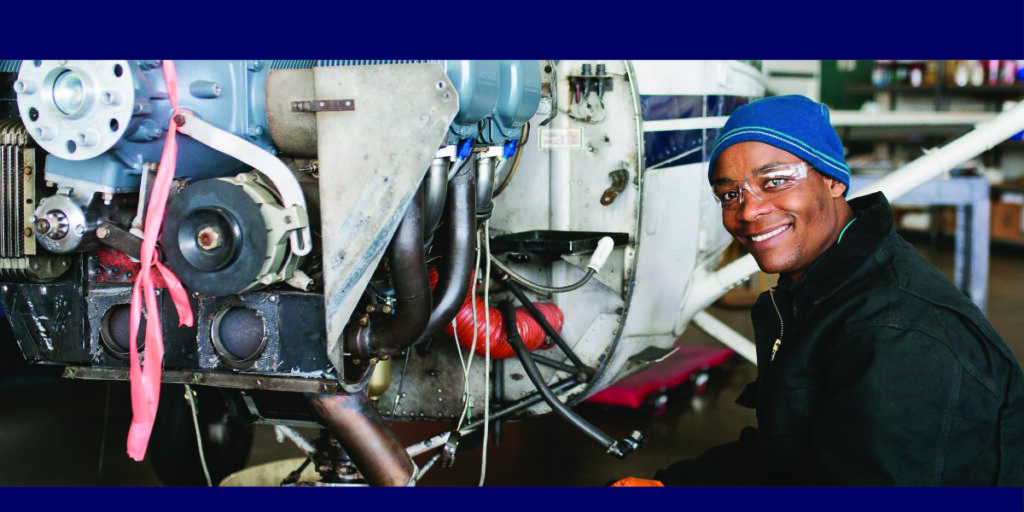
Under 14 CFR § 91.7 – Civil Aircraft Airworthiness, the FAA outlines the requirements for an aircraft to be legally flown in the United States. Here’s a summary of the regulation’s key points:
14 CFR § 91.7 – Civil Aircraft Airworthiness
(a) Responsibility of the Pilot in Command (PIC)
- The PIC is responsible for determining that the aircraft is in an airworthy condition before every flight.
- This includes preflight inspections and ensuring all required documents and maintenance are current.
(b) Aircraft Must Be in Airworthy Condition
- No person may operate a civil aircraft unless it is in an airworthy condition.
- This means the aircraft must conform to its type design (including supplemental type certificates or field approvals, if applicable).
- It must be in a condition for safe operation.
Inspection by FAA
- The FAA may inspect any civil aircraft at any time.
- If an FAA inspector finds the aircraft to be unairworthy, they can prohibit further flight until the issue is resolved.
To legally fly under § 91.7, the following must be true:
- ✅ The aircraft must conform to its approved type design.
- ✅ It must be maintained per all applicable FAA regulations (e.g., inspections, AD compliance – see table below).
- ✅ It must be in a condition for safe operation.
- ✅ The PIC must verify airworthiness before flight.
- ✅ It must have all required documentation:
| Basic PAPERWORK | 1. Airworthiness Certificate (must be displayed). (91.203) 2. Registration — Must be renewed every 3 years. A temporary registration is not acceptable for international travel. (47.40, 91.203) 3 .Radio Station License — NOT required within the U.S. — IS required outside the U.S. 4. Operating Limitations — Aircraft Flight Manual. [91.9(b), 23.1581] 5. Weight & Balance data — Aircraft Flight Manual. (91.103, 135.185, 23.1581) 6. NOTE #1: The AFM must be current and available in the cockpit. (91.9) 7. NOTE #2: An approved “Company Flight Manual” (CFM) may be substituted for the AFM. 8. Charts — Are they in the airplane? Are they current? Is the GPS database current? |
| MARKINGS & PLACARDS | 1. The airplane must be operated in compliance with the operating limitations as set forth in the AFM and any markings or placards required by the AFM must be installed. (91.9) 2. A compass deviation placard (aka compass card) must be installed on or near the compass. |
| EQUIPMENT | ATOMATOFLAMES – 91.205 states the minimum required equipment for VFR day and VFR night flight. It also lists IFR minimum required instruments, night vision goggle operations, as well as flights above 24,000 feet. All equipment in the aircraft must be in operable condition unless allowed by the aircraft s MEL (or CDL) to be inoperative for the pending flight. |
| VOR Equipment Check | Within the last 30 Days for IFR Flight. Date, Error, Place and Signature (DEPS) in the aircraft log or other reliable record. (91.171, AIM 1-1-3 thru 1-1-8) |
| Annual Inspection | 12 calendar months. An ANNUAL inspection is acceptable to use as a 100-hour inspection, but a 100-hour inspection cannot be used as an annual. [91.409(a)] |
| 100-Hour Inspection | 100 flight hours when carrying persons for hire or flight instruction for hire. The 100-hour limitation may be exceeded by not more than 10 hours while en route to reach a place where the inspection can be done. It is acceptable to exceed the 100-hour during a commercial operation IF the aircraft is INADVERTENTLY delayed (due to weather or traffic). However, INTENTIONALLY dispatching an aircraft on a commercial operation knowing that the 100-hour limitation will be exceeded is NOT legal. Commercial operations must be halted at the 100-hour point. [91.409(b)] |
| Other Inspections in Lieu of the 100- Hour or Annual | Annual or 100-hour inspections do not apply to aircraft inspected in accordance with an Approved Aircraft Inspection Program (AAIP), a Progressive Inspection Program, a Continuous Airworthiness Inspection Program (CAMP), or several other inspection programs listed in (91.409) |
| Transponder & Mode C | Tested and re-certified within 24 calendar months (IFR or VFR). (91.215, 91.411, 91.413) |
| Altimeter & Static System | Tested and re-certified within 24 calendar months (for IFR in controlled airspace). See Chapter 4. (91.215, 91.411) |
| ELT Inspection | Inspected within 12 calendar months. [91.207(d)] |
| ELT Battery | Must be replaced or recharged when in use for more than 1 cumulative hour; or when 50% of their useful life has expired. [91.207(c )] |
| Portable Fire Extinguisher | As marked on unit. If a portable fire extinguisher is installed it must be operative. (25.851, 91.213, 91.513, 121.309, 121.417, 135.155, AC 20-42C) |